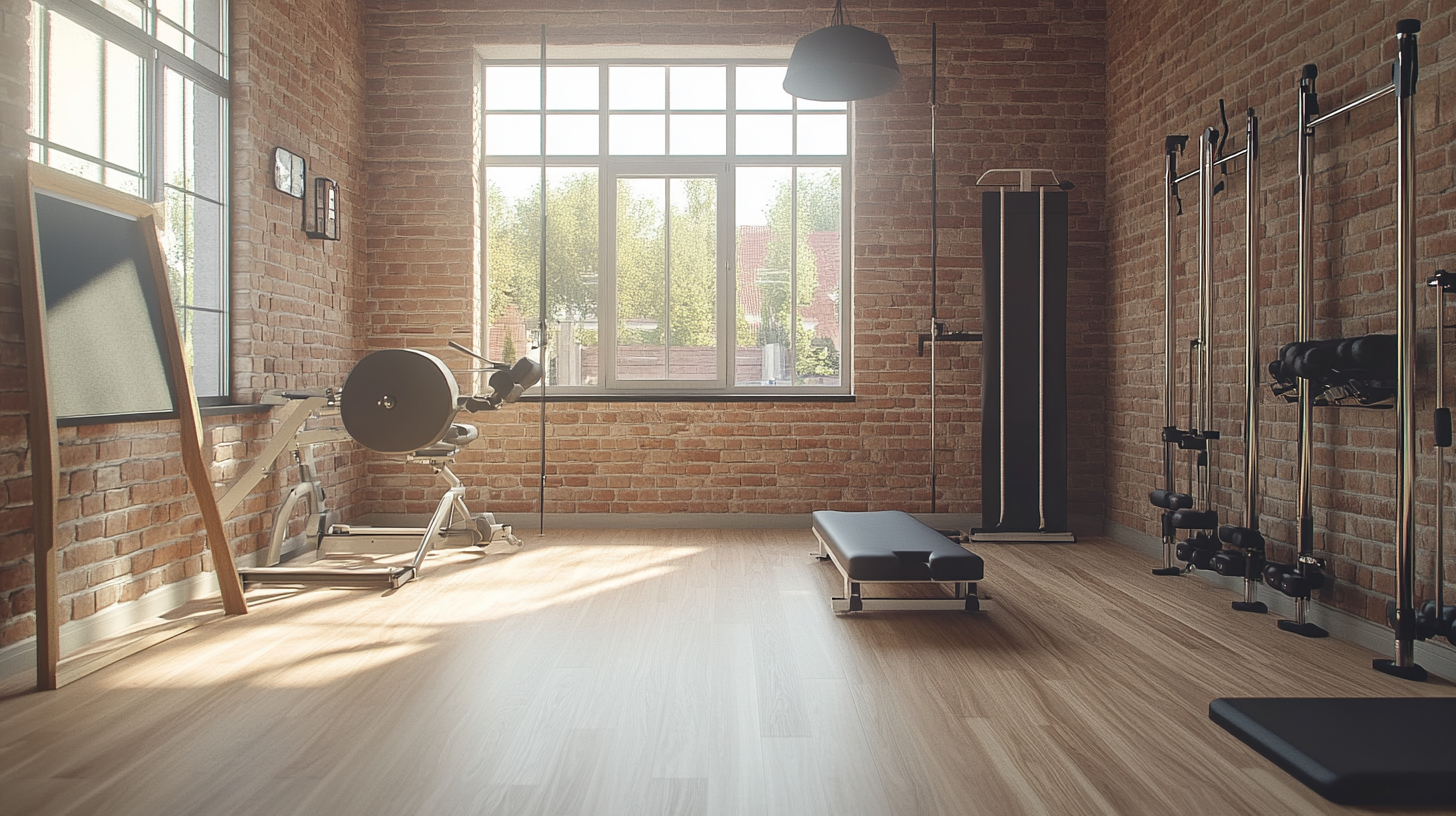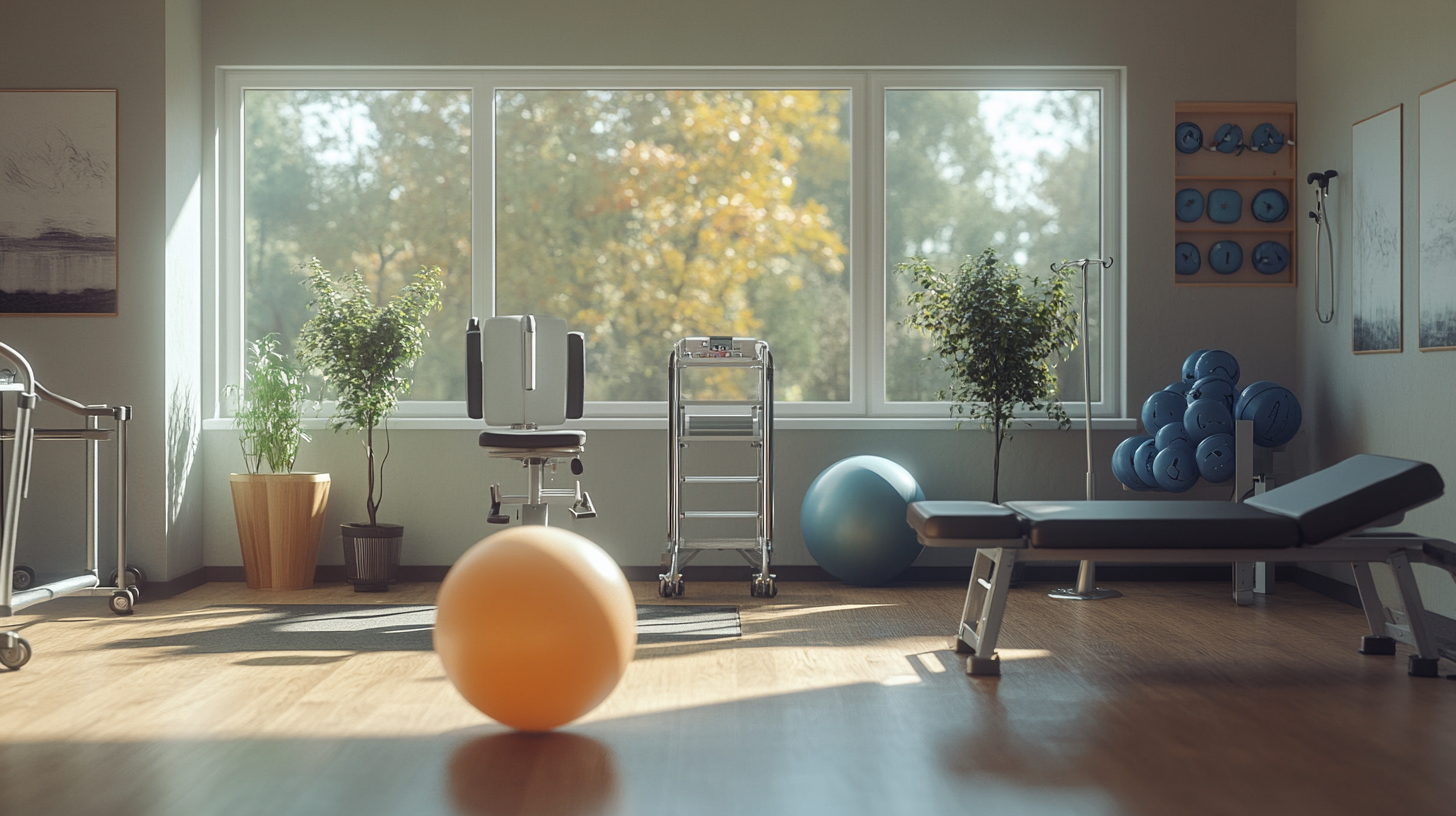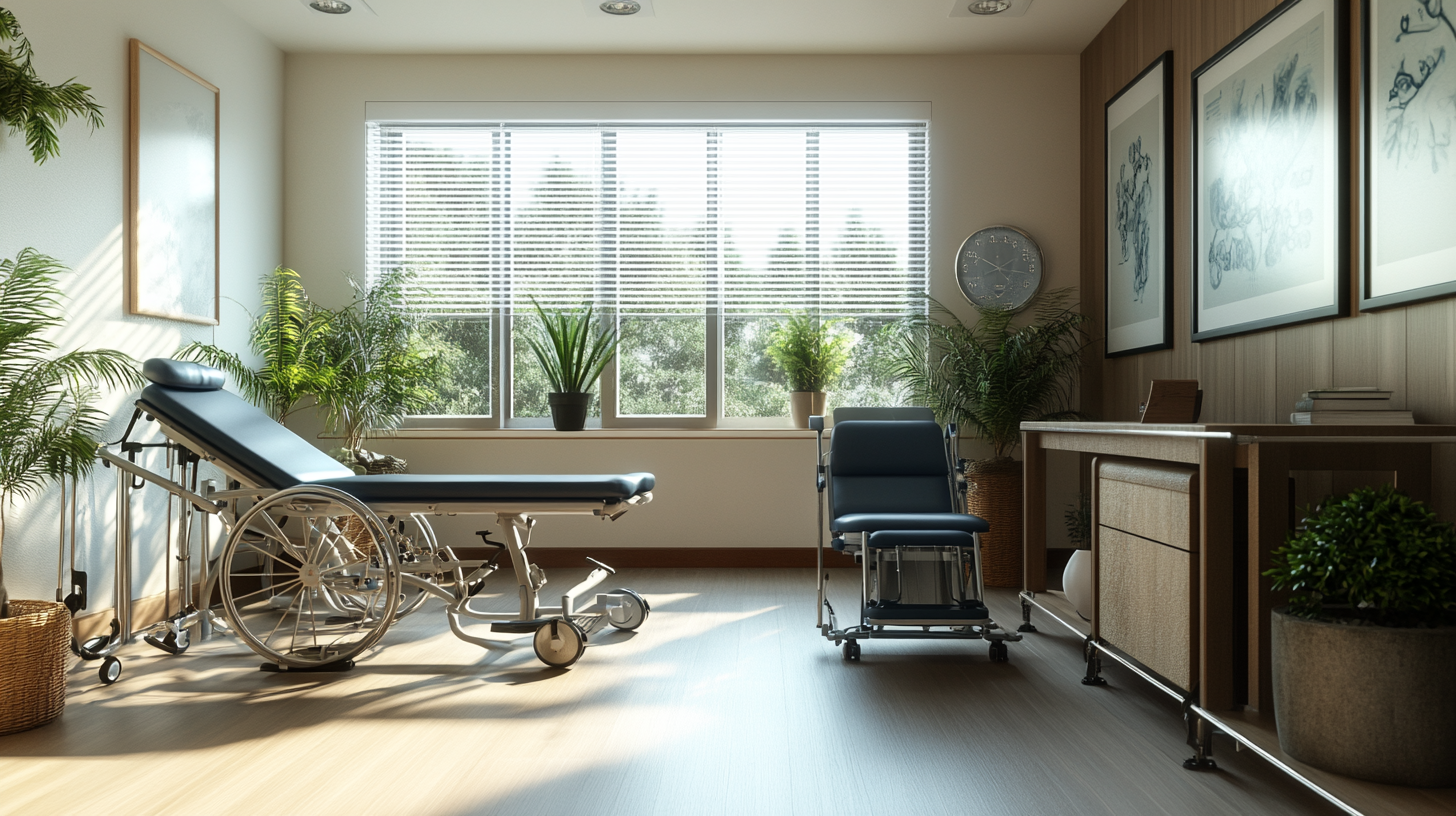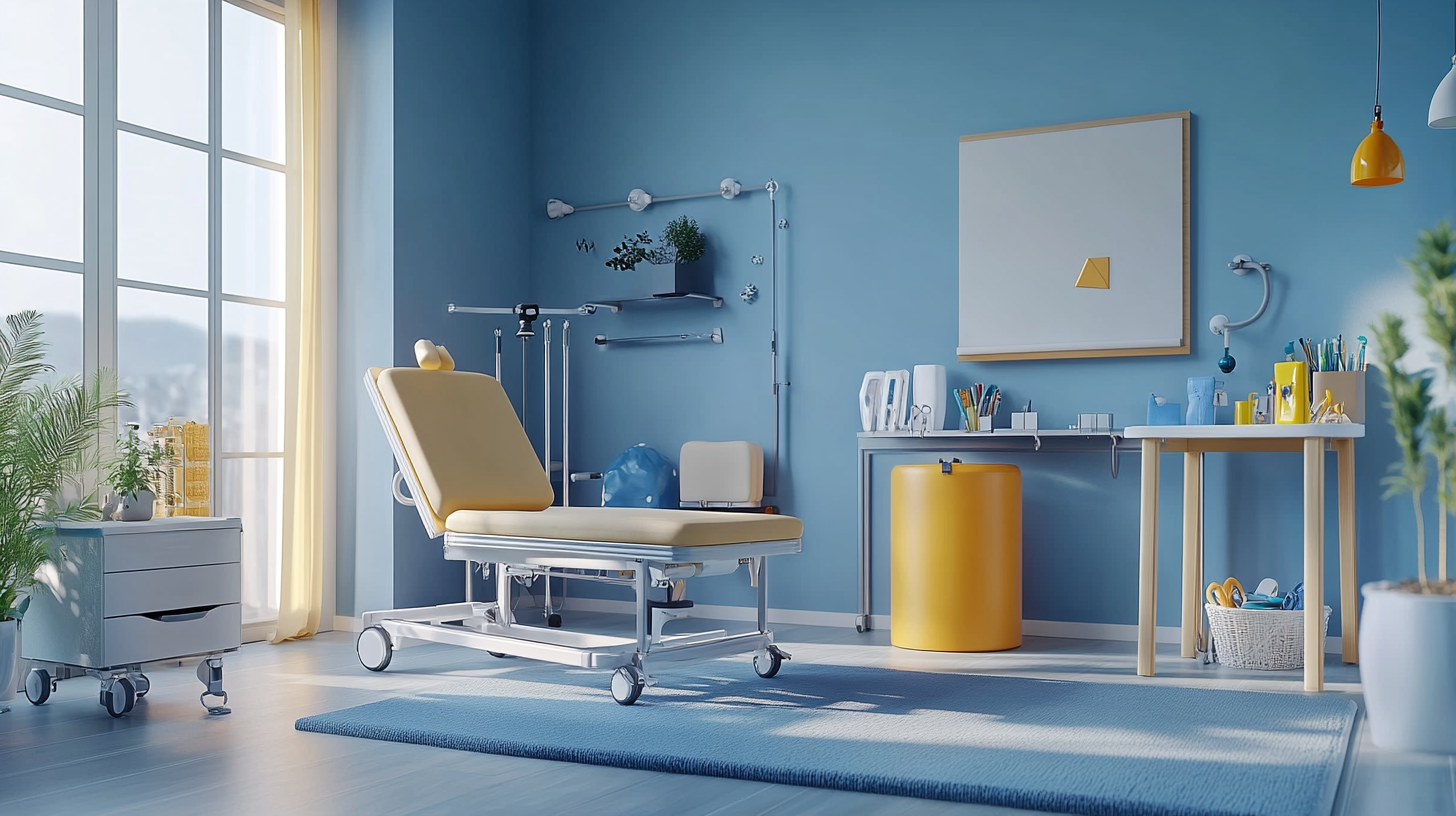How to Choose the Best Rehab Equipment for Your Home Needs
Choosing the right rehab equipment for home can significantly impact the recovery process, making it easier and more efficient. With a variety of options available, it can be overwhelming to determine which products are best suited for your specific needs. Whether you are recovering from surgery, managing a chronic condition, or seeking to enhance your mobility, investing in the appropriate rehab equipment for home is essential for achieving optimal results.
In this blog, we will guide you through the crucial factors to consider when selecting the ideal rehab equipment. We will address key considerations such as your specific rehabilitation goals, available space, compatibility with your current lifestyle, and any professional recommendations you may have received. By understanding these elements, you can make informed decisions that not only promote your recovery but also enhance your overall well-being in the comfort of your own home.

Identifying Your Specific Rehabilitation Needs for Home Equipment
When it comes to selecting the best rehabilitation equipment for your home, the first step is to identify your specific needs. Understanding your rehabilitation goals is crucial, whether you're recovering from an injury, surgery, or managing a chronic condition. Consider the areas of your body that require focus—do you need to enhance mobility, increase strength, or improve flexibility? This self-assessment serves as a foundation for choosing equipment that aligns with your recovery journey. Next, take into account your living space and physical capabilities. The available room in your home can significantly impact your choices. For instance, larger equipment like treadmills or resistance machines requires more space, while compact options like resistance bands or hand weights may be more suitable for smaller homes. Additionally, think about your comfort and safety while using this equipment. Ensure that whatever you choose allows you to exercise safely and effectively without straining yourself. It's also beneficial to consult with healthcare professionals, such as physiotherapists or occupational therapists, who can provide personalized recommendations based on your condition. They can help tailor your equipment selection to your specific rehabilitation needs, ensuring that the equipment not only aids in recovery but also promotes long-term health and wellness. By taking the time to assess your circumstances and seek expert guidance, you can create a home rehabilitation environment that maximizes your potential for recovery.

Types of Rehab Equipment: Understanding Your Options
When it comes to selecting the best rehab equipment for your home needs, it's essential to understand the variety of options available. The right choice can significantly influence your recovery process, making it crucial to align the equipment with your specific rehabilitation goals. Whether you're recovering from surgery, an injury, or managing a chronic condition, the appropriate tools can aid in enhancing mobility, strength, and overall functionality.
One common type of rehab equipment is therapeutic exercise machines, such as stationary bikes and resistance bands. These tools are perfect for building strength and improving cardiovascular health without putting undue stress on your joints. Additionally, balance trainers and stability balls can help improve coordination and prevent falls, making them ideal for individuals recovering from neurological conditions or balancing issues.
Another category to consider is mobility aids, which include walkers, crutches, and canes. These devices provide support during movement, promoting independence while minimizing the risk of falls. Furthermore, consider home gym equipment that suits your lifestyle; items like yoga mats, dumbbells, and foam rollers offer versatility for various rehabilitation exercises. Each type of equipment serves a unique purpose, and selecting the right combination can facilitate a smoother and more effective recovery journey.

Key Features to Look for When Selecting Home Rehab Equipment
When selecting home rehab equipment, it's crucial to focus on several key features that can drastically enhance your recovery experience. First and foremost, consider the equipment's versatility. Look for devices that can serve multiple purposes, such as adjustable resistance bands or multi-use exercise machines. This flexibility allows you to perform a variety of exercises, ensuring a comprehensive rehabilitation routine without cluttering your space with unnecessary gear.
Next, prioritize user-friendliness, particularly if you're recovering from an injury or surgery. Equipment that is easy to set up and operate can significantly reduce frustration, promoting a positive rehabilitation experience. Features such as adjustable settings, clear instructions, and ergonomic designs are essential. Additionally, consider equipment that can accommodate varying fitness levels, allowing you to progress as you regain strength and mobility.
Lastly, focus on durability and safety features. High-quality materials and construction ensure that the equipment can withstand regular use while providing stability during exercises. Look for non-slip surfaces, secure grips, and weight limits that align with your needs. By choosing rehab equipment with these essential features, you can create a safe and effective home workout environment tailored to support your recovery journey.

Budget Considerations: Investing Wisely in Rehabilitation Tools
When considering rehabilitation tools for home use, budget is a crucial factor that influences both the types of equipment you can invest in and the long-term benefits you can enjoy. According to a report by the Global Rehabilitation Equipment Market, the industry is projected to reach USD 18.6 billion by 2025, indicating a growing awareness of the importance of rehabilitation tools. However, as the market expands, so does the variety of options available, which can complicate decision-making for those on a budget.
One effective approach is to prioritize essential equipment that directly supports your rehabilitation goals. Research from the American Physical Therapy Association suggests that many individuals can achieve significant progress with a combination of basic tools such as resistance bands, balance boards, and foam rollers, which can collectively range from $50 to $200. This strategic selection allows for a focused investment, ensuring you're not overspending on unnecessary high-end equipment that might ultimately remain underused.
Additionally, consider exploring secondhand equipment or rental options, as these can provide substantial savings without compromising on quality. A study by the National Institute of Health found that patients utilizing refurbished or previously owned rehabilitation tools reported similar outcomes to those who invested in brand-new products. Keeping these budgetary considerations in mind can help ensure that your investment in rehabilitation tools is both wise and effective, facilitating a smoother recovery and enhanced quality of life at home.
Safety and Space: Ensuring Your Home is Rehab-Ready
When preparing your home for rehabilitation, two critical factors come into play: safety and space. Ensuring that your environment is both safe and spacious can significantly enhance the rehabilitation experience, enabling individuals to regain their independence more effectively. Start by assessing the areas in your home where most activities will occur. Look for potential hazards, such as loose rugs, clutter, or furniture that might obstruct movement. Implementing simple changes, like using non-slip mats and removing obstacles, can greatly reduce the risk of falls, which is a common concern during rehabilitation.
In addition to safety, the layout and space of your home are essential. Consider whether your furniture arrangement allows for easy maneuverability, especially if mobility aids, such as walkers or wheelchairs, will be used. Creating wider pathways and ensuring that essential items are within easy reach can make a remarkable difference. Additionally, if you're using specialized rehab equipment, such as resistance bands or exercise machines, ensure that there is enough space to store and use these items without interference. By thoughtfully organizing your living space, you foster an environment that encourages progress and promotes healing during the rehabilitation process.

